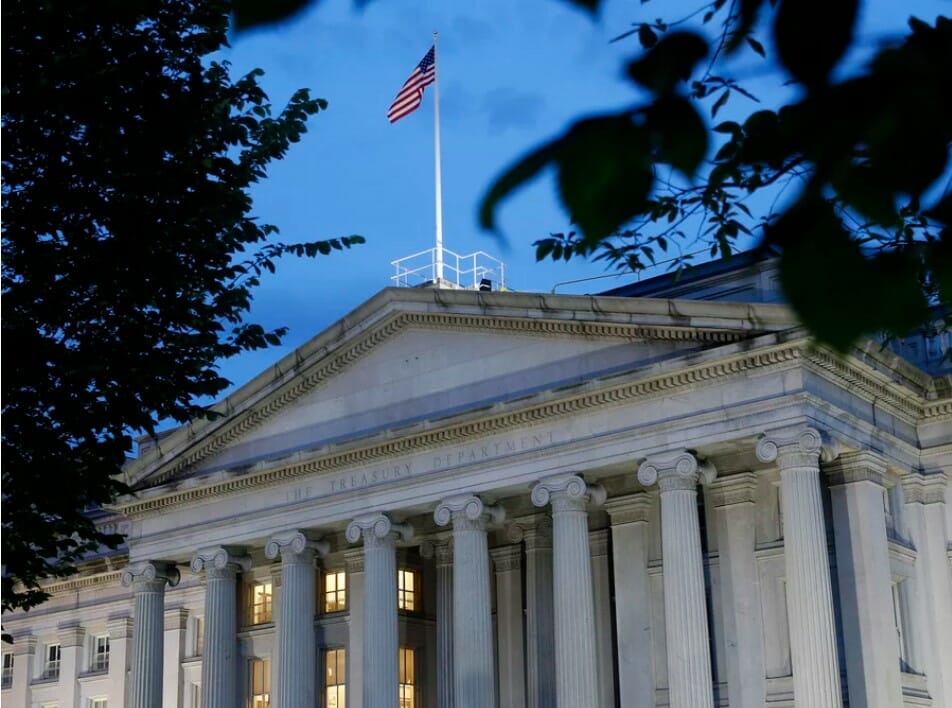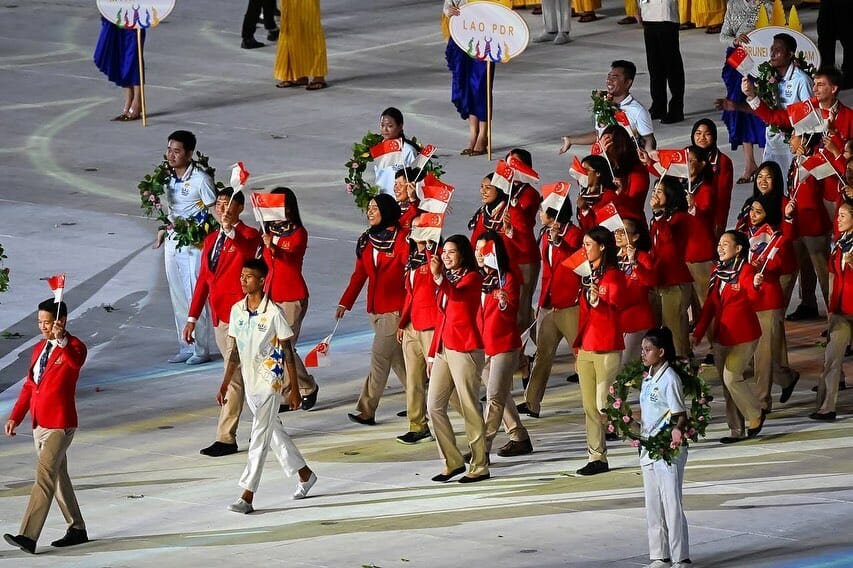PETALING JAYA, Malaysia (July 1): According to the current Knight Frank Premium London Sales & Lettings Report 2021, yearly price rise in prime outer London jumped to 3.1 percent in May 2021, the highest rate of growth since before the European Union (EU) referendum in March 2016. “Growing demand for space and greenery after three national lockdowns in the UK led to annual price growth in excess of 6% in markets like Richmond, Dulwich, Wandsworth, and Belsize Park,” Knight Frank Malaysia international residential project marketing associate director Dominic Heaton-Watson said in a press release. Wimbledon had the greatest price gain of all London markets in the year to May, with a 9.4% increase. In the year to May, prices in prime central London (PCL) increased by 0.3 percent. While it wasn’t a significant increase, it was the first in five years, demonstrating that the revival of the property market in PCL was not dependent on foreign travel restarting. In May 2016, the month before the EU referendum, prices climbed on an annual basis for the first time. Following that, political uncertainty, along with an increase in the number of taxes on high-value property, resulted in a 17 percent drop in average prices in the intervening period. As a result, a period of housing price inflation in PCL was long overdue, and it was just around the corner when the epidemic struck.”
According to Knight Frank, the PCL property market will benefit from the loosening of international travel constraints, although prices are already on the rise.
“Things are picking up where they left off after the general election in December 2019, and buyers can recognize good value after five or six years of falling prices,” Heaton-Watson said. The relaxation of international travel rules, on the other hand, will provide a more noticeable boost in areas like Mayfair and Knightsbridge, where “unsurprisingly, lower numbers of overseas buyers have come ashore.”
Meanwhile, rising costs have resulted in a further erosion of the discount for buyers making purchases in foreign currencies.
“The currency effect will be accentuated as the pound strengthens,” Heaton-Watson said, “which has been fueled in part by the country’s vaccine-fueled economic resurgence.”
At the end of May, the effective discount based on price and currency changes in PCL for a buyer [whose purchase is] denominated in US dollars was 19.2 percent, compared to the period before the EU referendum. In December of last year, the figure was 24.3 percent.
”
Our expectations for prime outside London and top regional markets remained basically intact, as both areas benefited from a need for more space and greenery. PLC continues the best performer (+25 percent) in the post-Covid-19 boom, with cumulative growth from 2021 to 2025, and remains the favored destination for Malaysian property buyers.”
Stronger demand is helping to reverse the rental value decreases that have occurred in key London property markets throughout the pandemic, according to Heaton-Watson.
“To emphasize the magnitude of the increase, the number of new prospective tenants in the three months leading up to May was 76% greater than in the first three months of 2020,” he said. As a result, the average rental value in PCL fell 12.2 percent year over year in May, compared to 14.3 percent in March. The rate of fall in prime outer London was -8.2 percent, compared to a low of -11.7 percent in February.
“With the favorable backdrop of the UK’s economic recovery, tenants were taking advantage of lowering rents and shifting to apartments that enabled them to minimize their commute or obtain additional home-working space.” In April this year, the number of houses rented in the areas surrounding London’s two main financial districts climbed by 21% over March 2020.”
According to Knight Frank, the number of tenancies beginning in top markets in London and the home counties is also on the rise. According to Knight Frank data, in the three months leading up to May, the figure was 24% higher than in the same period last year.
In addition to domestic tenants returning to work, Heaton-Watson highlighted that demand from international students was increasing. This might boost activity levels and put upward pressure on rental prices in the coming months. It will, however, depend on how swiftly travel restrictions are eased and whether Covid-19 instances are kept under control. Non-EU students’ applications for January deadline courses grew by 17.1% this year, with China accounting for 22% of the increase and India accounting for 26%.
“If limits are relaxed as expected, and any third wave of Covid-19 remains under control,” he continued, “demand could swiftly grow due to the combined effect of new students looking for housing, as well as those who registered last year but were studying remotely.”
According to Knight Frank, supply levels remained strong due to the pandemic’s transfer of a large number of short-let properties to the long-let market. However, there are signs that more equilibrium is regaining, putting upward pressure on rental prices.
According to Knight Frank, the ratio of new prospective tenants to market valuation appraisals is a measure of the demand-supply connection. “The figure was 4.6 in May, the highest in six months, albeit it was still not back to where it was before the pandemic,” the report added. Furthermore, according to OnTheMarket data, the number of new listings in prime central and prime outer London, as well as the home counties, has decreased since peaking last summer. In May of this year, the total was 12,480, down 47% from 23,647 in July of last year.”/n





